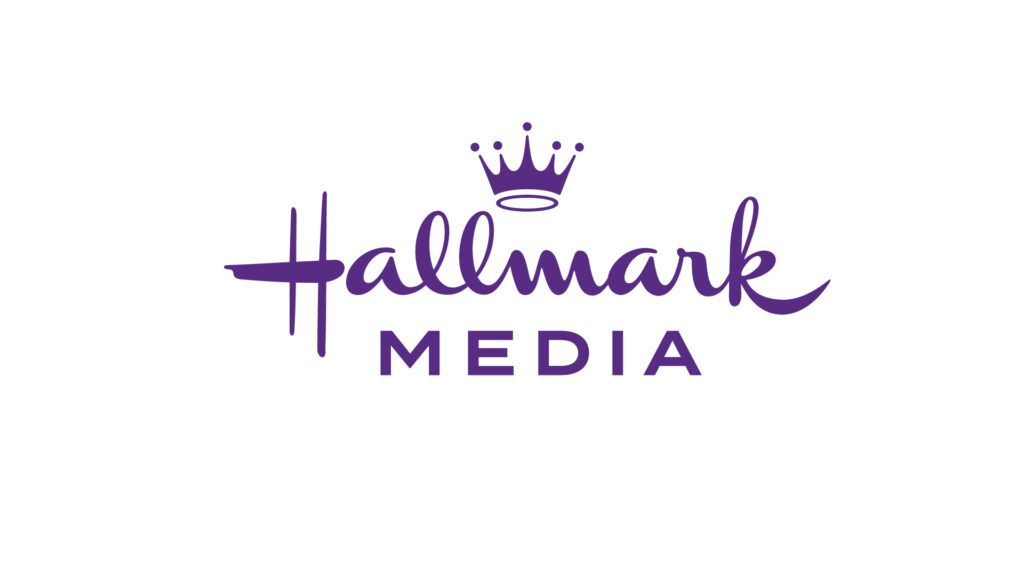As a marketing professional, you’re constantly looking for ways to get your brand in front of more customers without breaking the bank. Affiliate marketing strategies can serve as that extra edge that helps grow your customer base.
If managed properly, an affiliate marketing program can account for 5 to 15 percent of your brand’s online revenue and boost sales, awareness, average order value, site visits, and conversions. Most importantly, you also essentially pay the marketing cost after the sale is made, which makes the channel cost-effective.
However, if the channel is poorly run or lacks oversight, you might encounter off-brand messaging, fraud, and cannibalization of existing marketing channels, which could result in the program being shut down once these issues are uncovered. But if you develop an effective affiliate marketing strategy from the start and have the right talent working on the program, this will mitigate many of the risks.
Determining Whether Your Business Is Ready
If your company fits these four qualifications, you are likely ready to set up an affiliate program
- Your brand is already in a good place. Affiliate marketing typically works best for companies that already have an established business model and clear brand recognition. Affiliates invest time and money in promoting brands and don’t want to take a risk on unproven concepts. So to acquire partnerships, it’s important to be mindful of that.
- Your margins are healthy. If you have healthy margins and can offer affiliates attractive commissions, an affiliate marketing program makes a lot of sense. You won’t have to incur the commission cost until after the sale, yet your business will appeal to potential partners because of the upside.
- You’re a vertically integrated organization. Customers of retailers with their own brands, or high levels of customization, are less likely to comparison shop. But if you offer a unique product rather than a commodity product that can be bought through a larger affiliate program such as Amazon, it’s easier to attract affiliates because they have to work with you directly.
- Your vertical is popular with content and blogging sites. If your brand exists in a vertical teeming with blogs, opinions, and community, you’ll always have a number of affiliate partners to choose from. Companies that sell apparel, home goods, and products for kids and moms, for example, work extremely well with affiliate marketing because the fashion and mommy blogger communities are engaged and influential. Make sure potential affiliates and networks align with your vertical and strategy.
Jumping Into the Affiliate Pool
Once you’ve made the decision to adopt an affiliate marketing strategy, make sure you set clear goals. Is your objective to increase revenue, drive incremental sales, or work with long-tail affiliates to reach a niche audience?
In affiliate marketing, each of these objectives requires a different approach. If netting new customers is the focus, it will likely entail working with innovative content partners, publishers, and bloggers to supply affiliates with compelling content and offers geared toward that segment, as well as technology to ensure partners in this segment are compensated properly.
By contrast, if your goal is top-line revenue, you want to focus on reach by working with a much broader group of high-volume affiliates, including coupon and loyalty sites.
Once you know what you want, establish clear goals, and make sure you have policies on things like coupon use, trademark bidding, and sub-affiliate networks. You’ll also want to consider which networks you want to work with or whether you want to leverage a SaaS platform to have a more direct relationship with your data, partners, and customers.
Tightening the Nuts and Bolts
Now that you have a successful affiliate program, what commission rate should you set?
Commissions have a lot to do with margin and tend to start in the 1 to 2 percent range for electronics, but they can go up to 15 percent for high-end fashion and specialty products.
Before setting commission rates, you need to know what your competitors are doing. If they’re paying out an 8 percent commission, you should offer something similar. Be flexible, and save some dry powder beyond your “rack rate” to pay your VIP affiliates slightly more if it will advance your ROI goals. You might also consider paying commissions lower than your rack rate to high-volume partners that don’t provide as much incrementally or as many new customers.
The Tough Stuff
Finally, business constants such as budgeting and management (in-house or agency) require further, intensive decision-making. You must also think about your attribution approach (e.g., multi-touch or internal attribution).
For example, Wayfair changed its affiliate attribution model by paying a commission to the last affiliate site the visitor clicked before adding something to her cart. This allowed the company to drive more incremental revenue and avoid paying for “last in” affiliate traffic.
Affiliate marketing is a complex channel with millions of affiliates, hundreds of networks, and constantly evolving technologies, tactics, and regulations. For those of you who’ve tried affiliate marketing before but saw lackluster results, much has changed in technology, attribution, and philosophy, so this may be the right time to launch again.
It’s critical to effectively strategize and launch with the right knowledge, expectations, processes, and team in place to ensure your affiliate marketing program meets your ROI goals.
Robert Glazer is the founder and managing director of Acceleration Partners.
 Network
Network

